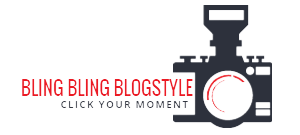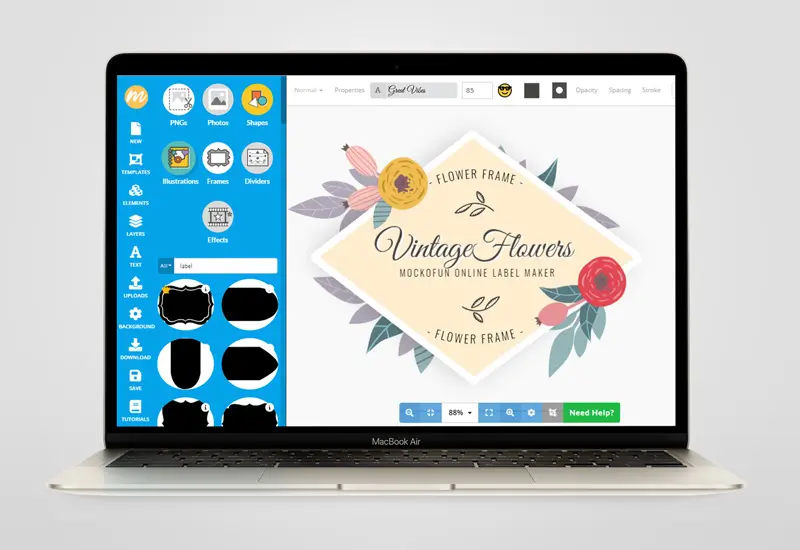If you have a digital photo, you will want to create a label using an IPTC/XMP compliant program. Alternatively, you can use the drag-and-drop tool in Canva or a Pigma pen for custom made bumper stickers. In either case, you should create the label using an open standard.
Canva’s drag-and-drop tool
If you are a photographer, you can take advantage of Canva’s drag-and-drop design tool to create photographic labels. This web app allows you to upload a variety of photographs, and the tool will resize them to fit the correct dimensions. While you’re working, you can also change the color and style of the lines as needed. The app also saves your work so that you can share or print it. You can also create multiple versions of a design, or change the title.
Whether you need to create a simple photo label for a photo album or a more complex product label, Canva can help. You can use free or premium designs to create the labels you need. To begin, choose a label template or a blank canvas, drag and drop the elements you want to use onto the design. When finished, simply download your design or upload it to a label printing service to complete the project.
Using a short code
Using a short code to create specialized labels for photographs is not an official method for organizing photographs. However, it can be a very helpful way to identify specific photographs, including those that you have taken in the past. Short codes are also useful for digital archives because they can reference the original source. Short codes can be used in conjunction with twin labeling, where one label will reference the exact item by number and the other will reference the category of the original.
When using a shortcode, make sure to use a closed-end declaration. Shortcodes are processed after post formatting, which means that the output HTML will not include curly quotes, p tags, or br tags. In addition, a handler function should provide necessary encoding and escaping.
Using an IPTC/XMP compliant program
When creating a photographic label, it is essential to include information about the artwork. This information should include the title and description of the photograph, as well as information about the photographer and location. For example, a photograph may depict a different location than where it was taken.
You can create an IPTC/XMP label for digital photos by using a program that supports this open standard. However, you must be cautious about the program’s compatibility. While IPTC/XMP is widely supported, not all programs are. If the program you use is not IPTC/XMP compliant, the data will be stripped from the file when you save it. If this occurs, you should contact the manufacturer of the software.
Using a Pigma Pen
If you are in need of a photographic label, a Pigma Pen may be the answer. These pens feature a beige body and are ideal for most illustration techniques. They also feature a wide felt tip that is ideal for shading and texturing. You can also use the two mm and three mm flat chisel tips for stylized strokes.
As an alternative to a Pigma Pen, you can also use a pencil or marker. A standard #2B pencil will make good marks on the verso of most photographs, and a 3B pencil will leave marks on the image side. In addition to using a Pigma Pen, you can also use an adhesive label or polyester sleeve for your photographs. These methods will help protect your photographs from fingerprints and fingers.
Using a pre-cut sticker
The first step in creating a photographic label is to create a design. Once you have the design, you can print it. Make sure to use glossy photo paper and print on a high-quality setting to ensure that the ink is laid down evenly and will not smear on the sticker.
To do this, first open Microsoft Word and make a new document. Then, select a text box and insert the text where you would like the sticker to print. You can also add a background to the text box. If you want to insert an image, you can insert an image from file or clipart. You can move and edit the size of the image.


